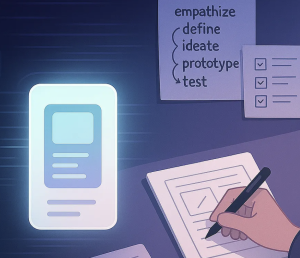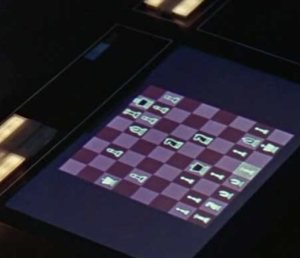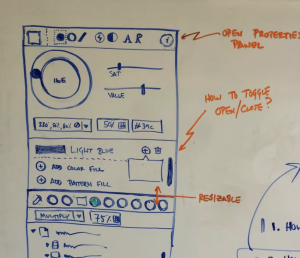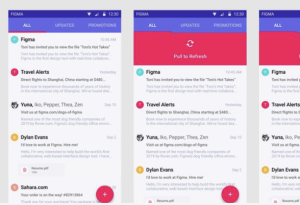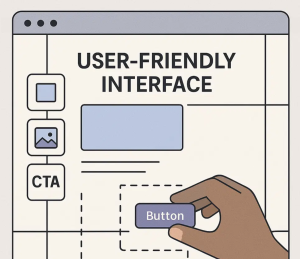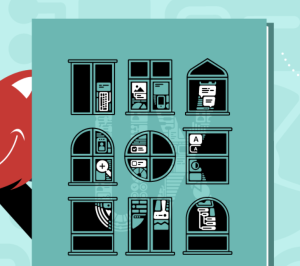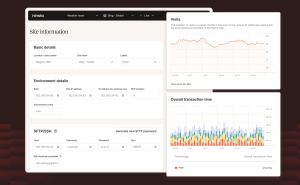Design Thinking in the Age of AI: The Process Is the Product
But anyone who’s actually built a product — especially as a designer — knows that the real work starts long before that prompt. Before a line of code is generated, before Figma files are opened, and long before anything gets shipped. It starts with a problem. A user. A context. And a sense of what good looks like.

